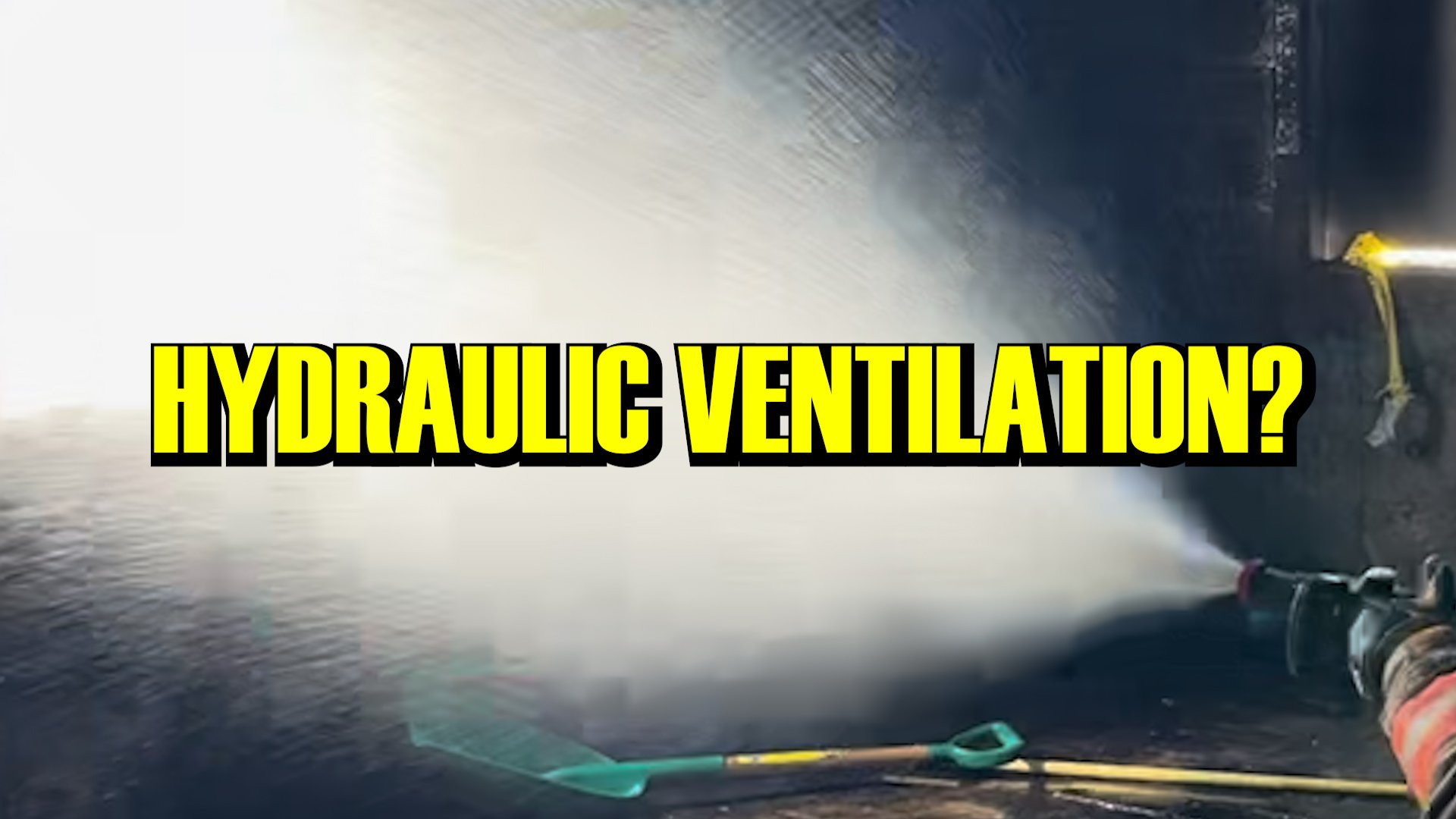Summary: For hydraulic ventilation, a 1.5″ hose paired with a 7/8″ smooth-bore nozzle flowing 160 GPM at 50 PSI offers consistent reach and solid performance. Add a Vortex tip for instant pattern conversion, or use fog nozzles like the Metro 1 or Mid-Matic for added flexibility. The best choice depends on your fireground style and your crew’s comfort level with stream control.
What’s the Best Nozzle for Hydraulic Ventilation?
Hydraulic ventilation isn’t complicated, but doing it well takes the right setup. If you're clearing smoke post-knockdown, or making space safer for search and overhaul, the nozzle and hose package you use can make or break your efficiency.
A lot of teams ask: “What’s the best line to run for hydraulic vent?” And while there's no single “right” answer for every department, there are a few setups that show up again and again on well-run firegrounds.
7/8" Smooth-Bore + 1.5" Line: Solid, Simple, and Effective
Start with what’s featured in the reel—a 7/8" smooth-bore nozzle flowing 160 GPM at 50 PSI on a 1.5" attack line. This combo hits a sweet spot for ventilation and versatility:
-
The solid stream maintains shape and reach even under turbulent conditions
-
Lower nozzle pressure makes it easier to handle during extended operations
-
With the right back-pressure, it's manageable for one or two firefighters
It's also simple—no moving parts, no guesswork, just dependable flow.
Add a Vortex for Instant Pattern Change
Here’s where you level up. The Vortex is an adjustable attachment that fits behind your smooth-bore tip and lets you instantly shift to a dispersed pattern. That’s key for hydraulic ventilation—where you want to move air, not just hit fire.
Unlike fog tips that sacrifice flow, the Vortex keeps that solid 160 GPM and gives you a narrow spray pattern optimized for venting, without losing stream integrity or pressure.
Going Fog: Metro 1 and Mid-Matic
For departments that prefer flexibility, fog nozzles like the Metro 1 or Mid-Matic offer a big upside:
-
You can switch patterns fast, making them ideal for quick vent work after fire attack
- While in a wide fog pattern, they might be more effective at hydraulic ventilation than a smooth bore
With so many options to choose from, proper training and hose handling techniques are required.
What’s Best for a Probie?
If you’re just starting out, the smooth-bore setup is a great training tool and a great first line. It teaches nozzle discipline, gets you used to pressure reaction, and builds confidence with stream control.
Add a Vortex when you're ready to vent or need more flexibility, and explore fog nozzles as you get comfortable switching patterns on the move.
Bottom Line
If you're trying to pick the best hose-and-nozzle combo for hydraulic ventilation, here’s the quick guide:
-
7/8″ smooth-bore at 50 PSI = simple and powerful
-
Add a Vortex for venting without giving up flow
-
Use fog nozzles for pattern flexibility
Choose what fits your crew, your fireground rhythm, and your operational priorities. The best setup is the one your team can deploy fast, control confidently, and count on every time.
Let us know what works for your department—especially if you’re training a new probie and trying to balance simplicity with effectiveness.



Comments